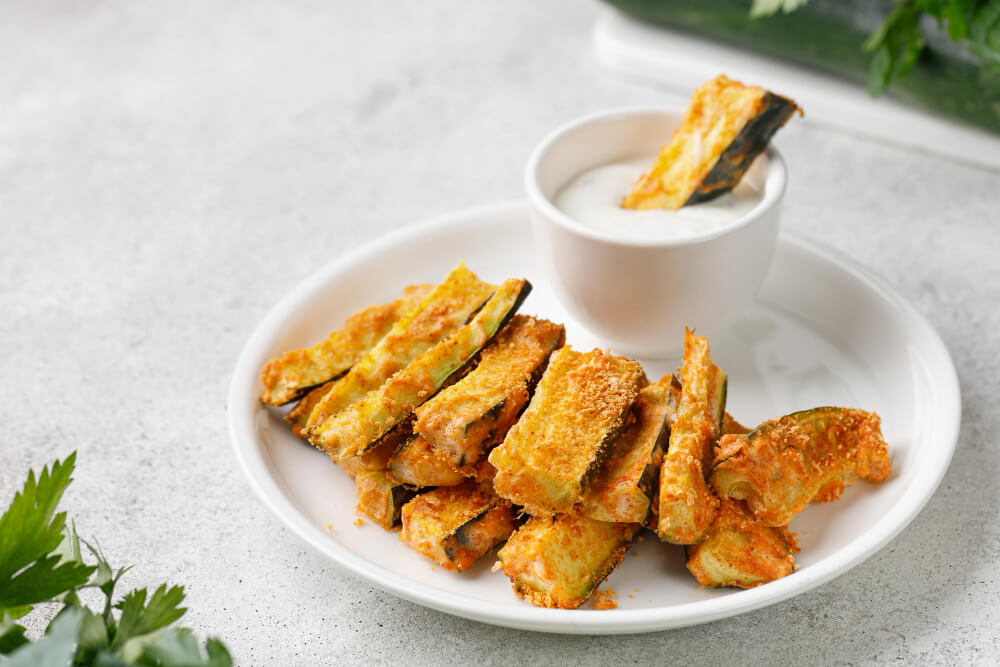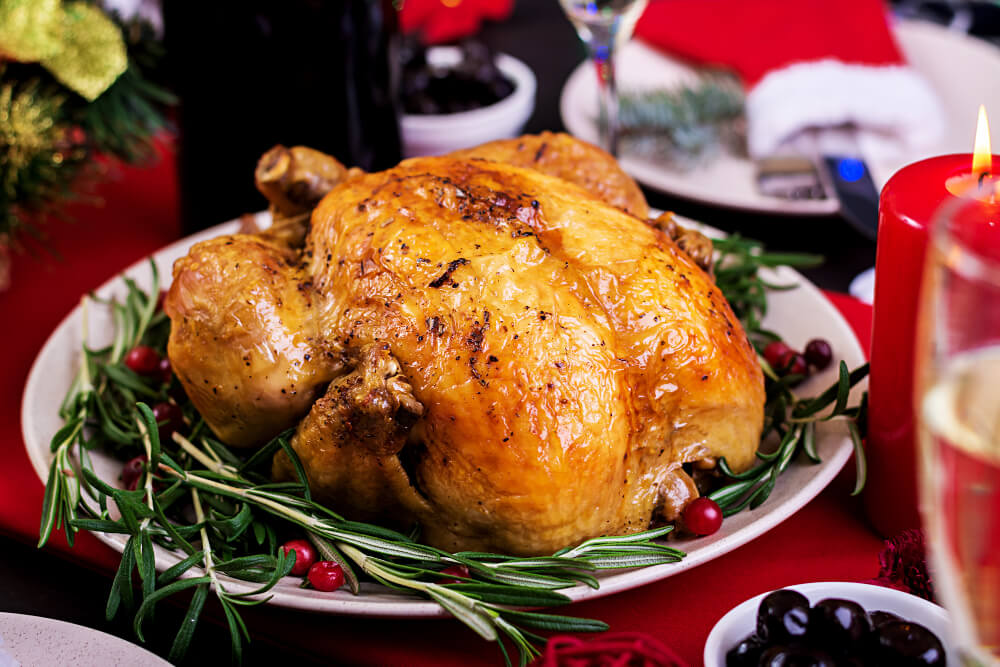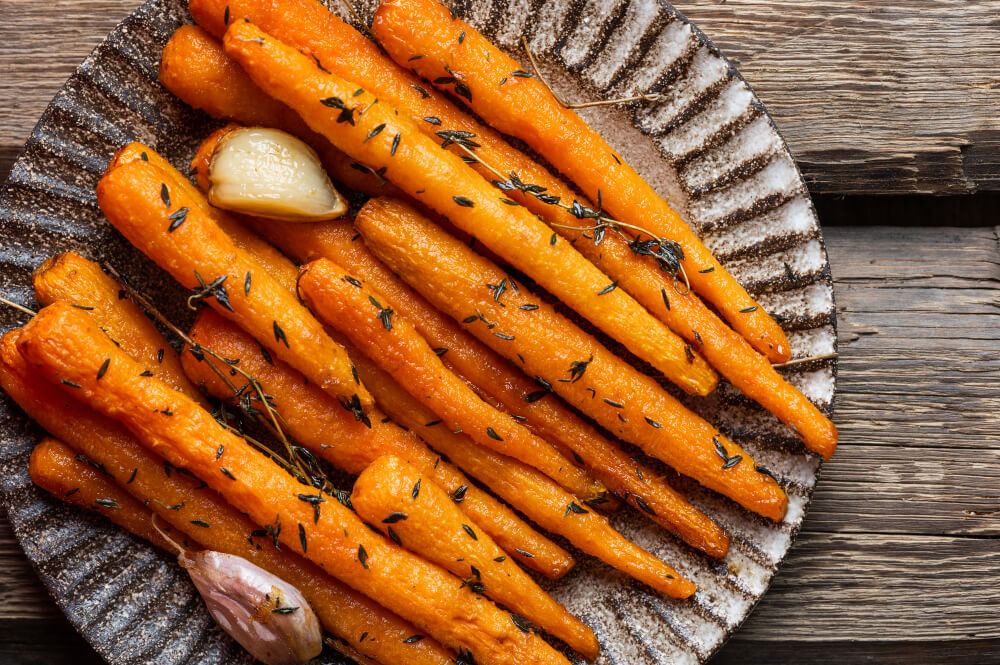
So, what is a chef knife?
A chef knife is a multi-purpose kitchen knife that is designed for a range of cutting tasks, and is an essential tool for any cook or chef. It typically has a wide blade that tapers to a sharp point, and is used for chopping, slicing, and dicing a variety of foods.
For the home cook and professional chef alike, having a good chef's knife in your arsenal is key to success in the kitchen. But what exactly makes a great chef’s knife?
In this article, we will explore the features of a top-notch chef’s knife: from blade shape to handle design and materials. We’ll also discuss how to care for your knife so you get years of use! Finally, we’ll look at some popular knives on the market today so you can find one that best suits your needs.
So whether you are just starting or need an upgrade in your culinary arts game - read on as we provide all the information about choosing a high-quality Chef Knife!
What Is A Chef Knife?
Want to know what a chef's knife definition is? The size of the blade varies from 6 to 10 inches in length, making it ideal for cutting through tough vegetables or meat. Its shape also aids with precision—the curved edge helps you create even cuts while its weight adds stability as you work.
The key to choosing the right chef’s knife is knowing what material best suits your needs. Most blades are made of stainless steel or carbon steel; however, other options such as ceramic and titanium, are also available. Each material offers different advantages depending on how you plan to use your knife. For instance, stainless steel knives hold their edge longer than carbon steel ones but require more maintenance, whereas ceramic blades stay sharp without much attention.
How Is A Chef's Knife Used?

A chef's knife is a multi-purpose kitchen knife with a sharp edge for various tasks. It's a versatile knife that every chef or home cook should have in their kitchen. A chef's knife typically has a broad blade that tapers to a point and can range in length from 6 to 12 inches.
Cutting Meat
One of the primary uses of a chef's knife is cutting meat. Whether trimming fat or carving a roast, a sharp chef's knife is essential. The knife's broad blade allows you to slice through meat with ease, while the sharp edge ensures a clean cut.
Dicing Veggies
Dicing vegetables is another task for a chef's knife is perfect. A dull knife can make this task frustrating and time-consuming, but a sharp chef's knife can make it a breeze. The knife's weight allows you to chop through vegetables with minimal effort, while the sharp edge ensures precise cuts.
Disjointing Meat
When it comes to disjointing some cuts of meat, a chef's knife is the best tool for the job. It's sharp enough to cut through bone, making it easier to separate cuts of meat. This task can be dangerous if you're using a dull knife, so it's essential to keep your chef's knife sharpened.
Slicing Herbs
Slicing herbs is another task that a chef's knife is well-suited for. The knife's sharp edge allows you to slice through delicate herbs without crushing them. A dull knife can bruise herbs, making them less flavorful and visually appealing.
Chopping Nuts
Lastly, a chef's knife is perfect for chopping nuts. Whether making a batch of homemade pesto or adding nuts to a salad, a sharp chef's knife can make the task much easier. The knife's broad blade allows you to chop through nuts with minimal effort, while the sharp edge ensures clean cuts.
In addition to the tasks mentioned above, a chef's knife can be used for many other kitchen tasks. This multi-purpose knife makes bread cutting easy, fruit carving a breeze, and meat cutting effortless. There are many uses for a chef's knife. In the kitchen of your home or restaurant, partnering with a paring knife for quick and easy tasks like slicing vegetables and peeling apples is ideal.
Factors to Look For When Buying
If you still don't have one in your knife set and are planning to purchase one, it is important to understand that there are several factors to consider when buying a chef's knife. These factors include:
Type of Steel
Unlike choosing a bread knife, this type of knife is not limited to one type of steel. Several types of steel have different properties, uses, and price points. The most common type of steel used in chef’s knives is high-carbon stainless steel. This material is strong and durable but can also be prone to rusting if not cared for properly. A second option is carbon steel which is easier to sharpen than stainless steel but has a shorter lifespan due to its tendency to corrode easily. You may also want to consider ceramic or plastic blades, although these materials are more fragile than metal ones.
Handle
The handle of your chef’s knife can be made from various materials, including wood or plastic. The most popular material is stainless steel because it is durable and easy to clean. However, many prefer wooden handles because they are comfortable and warm. The handle should also be easy to grip and comfortable to hold.
Shape
While some people don't normally consider the shape of a knife in the market, some prefer a specific type of knife. So it's best to include this when purchasing a knife like the one professionals used for preparing meats and meals.
-
Santoku is one of the most popular knife shapes in the market. It is considered a Japanese-style knife with a wide blade and rounded tip. The Santoku knife can be used for chopping, mincing, or slicing ingredients because of its sharpness and versatility.
-
Another popular shape is the French-style knife. This type of knife has a long blade and a pointed tip that can be used for slicing, dicing, and chopping ingredients. The French-style knife is also known as a chef's knife because of its versatility and ability to be used for almost every type of food preparation.
-
You can also opt for a scimitar-style knife, commonly used for slicing meat and fish. The blade of this type of knife is long and curving, with its tip pointing toward the handle. The shape of this knife makes it easy to cut through large pieces of meat or fish.
Weight
Are you more comfortable handling a kitchen tool that is lightweight and easy to use? Or your preference leans more toward one that is heavy and sturdy? Each has its advantages, but it really boils down to personal preference. Lightweight knives may be the best option if you are new to using knives and still learning to hold them correctly. As you become more comfortable handling your tools, you may want something heavier and sturdier that can withstand frequent use without causing hand fatigue.
Knife Block
Since you are in the market for knives, why not consider buying a cutting board too? There are many different choices of cutting boards, from plastic with different colors to wooden cutting boards that are sturdier and more gentle than knives. You can also get a knife block with slots for each knife so that it is easier to find the right one when needed. Other options include magnetic strips for hanging knives and even cases designed specifically for carrying your knives with you on the go.
Your Budget
Lastly, let's not forget about the price. High-quality kitchen tool means a higher price point. The same goes for the other kitchen tools. You can get a basic knife for around $20, but if you want something that will last longer and perform better, expect to pay at least $50-70. Some signature ones can cost more than $300, but they are usually worth the price. Most sellers of expensive kitchen tools offer a lifetime warranty, so you can expect your investment to be protected.
Frequently Asked Questions
What Is The Best Way To Sharpen A Chef's Knife?
A sharpening stone or honing rod is the best way to sharpen a chef's knife. A sharpening stone is a rectangular block of abrasive material that can be used to remove nicks and burrs from the edge of the knife. On the other hand, a honing rod is used to straighten the blade's edge, ensuring that it remains sharp over time. When using a sharpening stone or honing rod, it's important to maintain the correct angle of the blade to achieve the best results. Sharpening a chef's knife regularly will ensure that it stays sharp and performs well in the kitchen.
What Is The Difference Between A Chef's Knife And A Paring Knife?
A chef's and paring knives are two of the most commonly used knives in the kitchen, but they have different purposes and designs. A chef's knife is a large, versatile knife with a broad blade that can be used for many different tasks, such as chopping, slicing, and dicing. On the other hand, a paring knife is a smaller knife with a narrow, pointed blade designed for precision work, such as peeling and trimming vegetables or fruit.
While a chef's knife is used for larger tasks, a paring knife is ideal for intricate work that requires more control and precision. A paring knife's small size and sharp point allow you to get into tight spaces and make precise cuts. Additionally, a paring knife is generally easier to maneuver than a chef's knife, making it ideal for delicate tasks.
What Is The Best Handle For A Chef's Knife?
-
Wooden handles are traditional and give the knife a comfortable and warm feel. Wood can be porous and may require more maintenance, but it also provides a natural grip and absorbs shock well.
-
Plastic handles are affordable, durable, and easy to clean, making them popular for commercial kitchens. They're also lightweight, making them comfortable to use for extended periods.
-
Metal handles are often found in high-end knives and provide a sleek, modern look. They're durable, easy to clean, and can be molded into ergonomic shapes for better grip.
-
Composite materials, such as G10 and Micarta, are a combination of materials that offer the best of both worlds. They're lightweight, durable, and provide excellent grip, making them a popular choice for many chefs.
Conclusion
Now that you know what a chef knife is, its uses, and the different factors to consider when purchasing one, you can make an informed decision on which one is right for you. There are many options to choose from, so it's important to know what type of chef knife is best for your needs.



